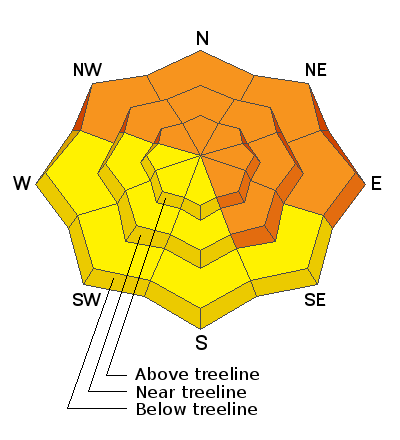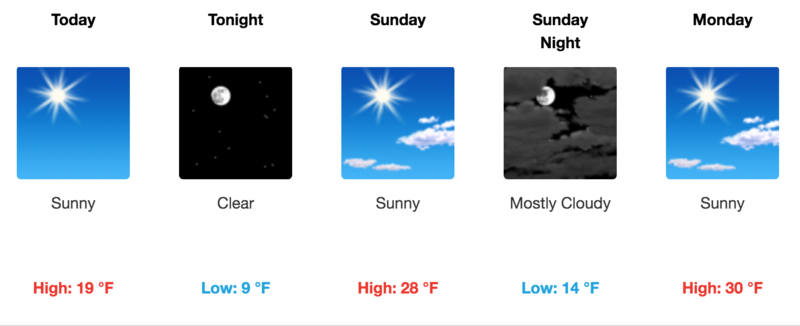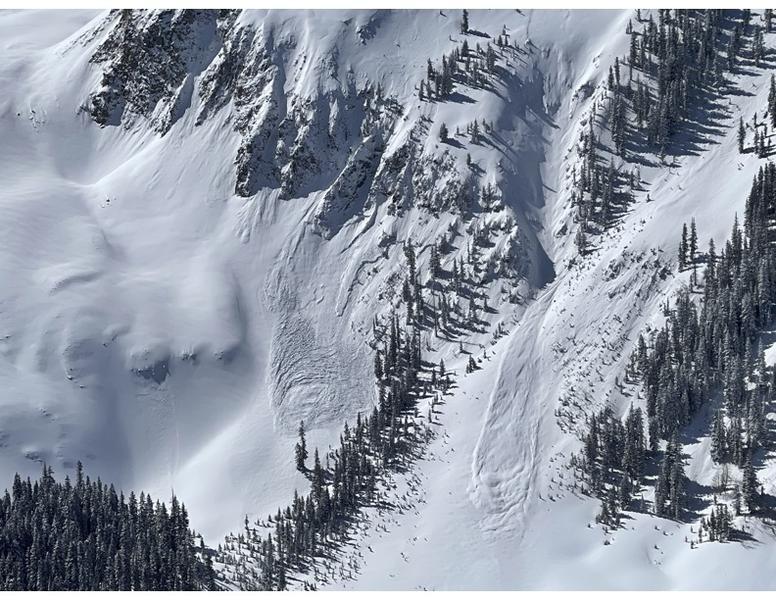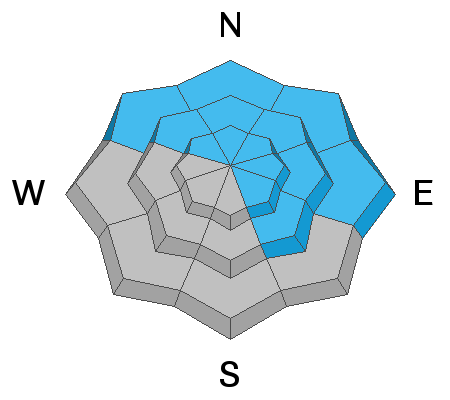Forecast for the Moab Area Mountains

Issued by Eric Trenbeath on
Saturday morning, February 26, 2022
Saturday morning, February 26, 2022
The avalanche danger remains CONSIDERABLE on steep, wind drifted slopes facing the north to southeast side of the compass and human triggered avalanches 2'-3' deep are likely in these areas. A MODERATE avalanche danger exists on all other steep slopes and human triggered avalanches remain possible. Continue to stay on your best behavior as you enjoy fresh powder and sunny skies this weekend by avoiding steep, northerly facing terrain.

Low
Moderate
Considerable
High
Extreme
Learn how to read the forecast here









